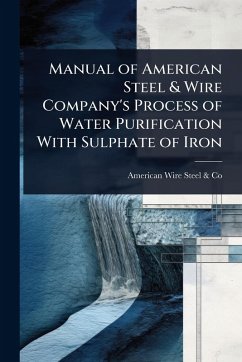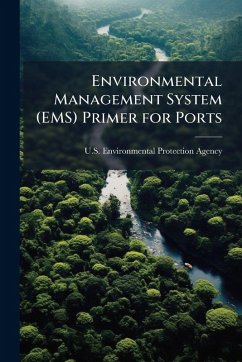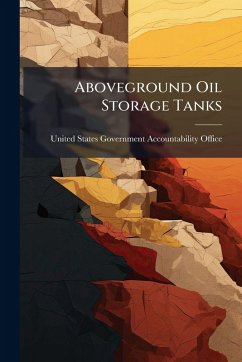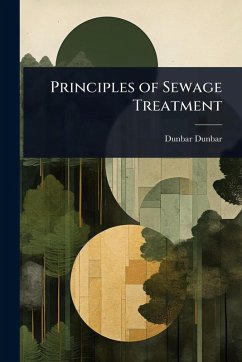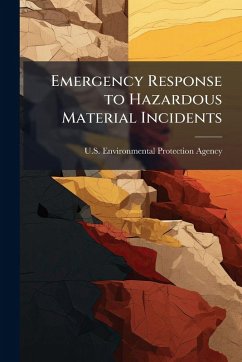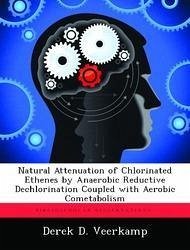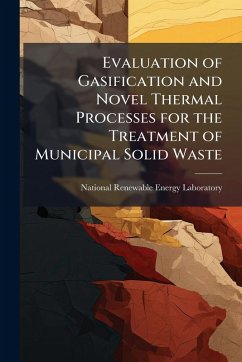
Chromate Content Bias as a Function of Particle Size in Aircraft Primer Paint Overspray
Versandkostenfrei!
Versandfertig in über 4 Wochen
15,99 €
inkl. MwSt.
Weitere Ausgaben:

PAYBACK Punkte
8 °P sammeln!
Spray painting operations using chromate-containing primer paints produce particles which may expose workers to strontium chromate. Chromate contains hexavalent chromium (Cr(VI)) which is a confirmed human carcinogen. It is suspected that the smaller particles contain disproportionately less Cr(VI) than larger particles. In order to determine if a bias in chromate content exists, paint particles were collected and separated based on particle size and the Cr(VI) concentration was determined. Aviation primer paint from the DeSoto and Deft companies was sprayed in a booth and seven-stage cascade ...
Spray painting operations using chromate-containing primer paints produce particles which may expose workers to strontium chromate. Chromate contains hexavalent chromium (Cr(VI)) which is a confirmed human carcinogen. It is suspected that the smaller particles contain disproportionately less Cr(VI) than larger particles. In order to determine if a bias in chromate content exists, paint particles were collected and separated based on particle size and the Cr(VI) concentration was determined. Aviation primer paint from the DeSoto and Deft companies was sprayed in a booth and seven-stage cascade impactors were used to separate particles. The particles were grouped into fourteen distinct bins based on size within an overall range of 0.7 to 34.1 um mass median aerodynamic diameter. The total mass of dry paint collected in each bin was quantified and the paint was analyzed for Cr(VI) mass. This work has been selected by scholars as being culturally important, and is part of the knowledge base of civilization as we know it. This work was reproduced from the original artifact, and remains as true to the original work as possible. Therefore, you will see the original copyright references, library stamps (as most of these works have been housed in our most important libraries around the world), and other notations in the work. This work is in the public domain in the United States of America, and possibly other nations. Within the United States, you may freely copy and distribute this work, as no entity (individual or corporate) has a copyright on the body of the work. As a reproduction of a historical artifact, this work may contain missing or blurred pages, poor pictures, errant marks, etc. Scholars believe, and we concur, that this work is important enough to be preserved, reproduced, and made generally available to the public. We appreciate your support of the preservation process, and thank you for being an important part of keeping this knowledge alive and relevant.




